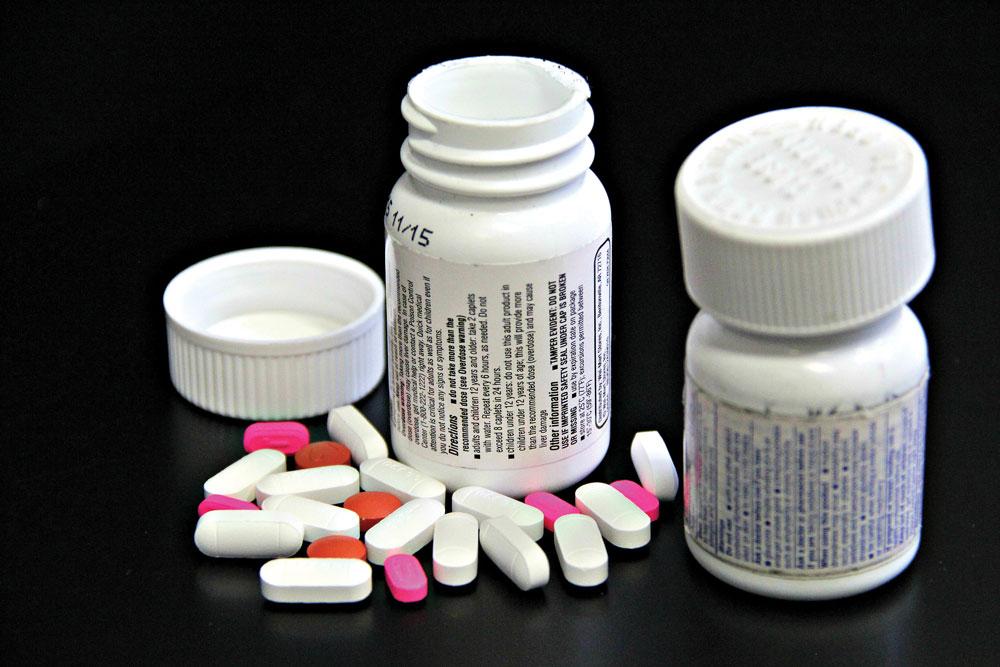
In this rapidly advancing age of science and technology, researchers are hurtling forward the field of medical investigation and discovery. Our knowledge of the human brain and diseases afflicting this central organ is expanding exponentially, yet mental illness remains a dated social taboo. In fact, according to a survey conducted by Time to Change, an organization advocating against mental health organizations, a tragic 26 percent of young people said the stigma attached to their mental illness made them want to give up on life.
Despite the scientific evidence that these often debilitating diseases are biological in nature, with logical, objective explanations available at a cellular level, individuals affected by these disorders suffer in the face of society’s unacceptable mental health shaming. This psychiatric stigma contradicts what we know about the causes of mental illness, creating a sense of secrecy regarding such conditions.
In recent years, doctors suggested various biochemical explanations as to what causes diseases such as clinical depression, chronic anxiety and bipolar disorder.
Magnetic resonance imaging has illustrated a noticeable difference in the appearance of brains of healthy individuals and those in people afflicted with depression, according to the National Institution of Mental Health. The sections of the brain controlling mood, sleeping, thinking, appetite and behavior looked different in those with depression, indicating a contrast between the biochemical activity of healthy and depressed brains.
A study conducted at Cambridge University established the first possible biomarker for clinical depression by showing a correlation between the disease itself and elevated levels of a stress hormone known as cortisol. Teenage boys with depressive symptoms and raised cortisol levels were found to be 14 times more likely to develop major clinical depression than their hormonally balanced counterparts.
Bipolar disorder, another mental illness with a negatively charged stigma, has a neurological basis that goes largely unrecognized by the general public. Despite the disease affecting nearly 5.7 million Americans, or about 2.6 percent of the U.S. population, the public often labels those suffering as “moody” or “dramatic,” looking down on them as people who simply can’t handle having a range of emotions.
In reality, the onset of bipolar disorder is attributed solely to the internal workings of the brain. An article published in the American Journal of Medical Genetics brings into light a variety of medical explanations for the disease, including evidence. The article asserts “changes are evident at nearly all levels of the central nervous system in bipolar patients” and that “numerous biochemical abnormalities have been detected by measuring one or another neurotransmitter metabolites, or hormones in plasma, cerebrospinal fluid and postmortem tissue studies.” In other words, bipolar brains have fundamental chemical differences from normal brains and these differences have been studied and detected by scientists through the utilization of modern medical research practices.
Having bipolar disorder, much like having depression, is not an imagined disease or the fault of the affected individual, but rather a serious brain-based disease with treatable, scientifically accountable roots.
Despite clear evidence that mental illnesses are largely based on biological traits beyond the control of any given individual, rampant bias continues to plague our society. A disturbing study by Bernice Pescosolido, a stigma researcher at the University of Indiana, found that 68 percent of Americans do not want someone with a mental illness marrying into their family and 58 percent do not want people with mental illness in their workplaces. Furthermore, more than 45 percent of people surveyed by University of Calgary stigma researcher JianLi Wang said they believed that depressed people are unpredictable, and 20 percent said depressed people tend to be dangerous.
The consequences of such social stigmas against mental disorders are severe. Taboos surrounding diseases evoke a feeling of discomfort in those seeking out help, discouraging treatment and leading mental illness to go untreated.
The NIMH estimated in 2010 that 51 percent of those with bipolar disorder don’t receive treatment.
This is unfortunate, given that the NIMH reports up to 80 percent of those treated for depression show an improvement in their symptoms generally within four to six weeks of beginning medication, psychotherapy, attending support groups or a combination of these treatments.
We wouldn’t shame someone for having cancer, Parkinson’s disease or Epilepsy, and mental illness should be regarded in the same light. Biochemical imbalance causes these disorders, not egocentrism, attention-seeking or self pity. Mental illness does not define one’s character or potential and the societal stigma surrounding diseases needs to be addressed immediately with an open social dialogue.
We must encourage loved ones afflicted with mental illness to seek help through psychotherapy or prescription medication and regard their condition as scientifically accountable rather than a personal flaw. Obliterating the mental illness stigma and taboo is essential to the progression of medical research and the well being of those who suffer from these serious, yet highly treatable, diseases.
By Anna Wright













































































